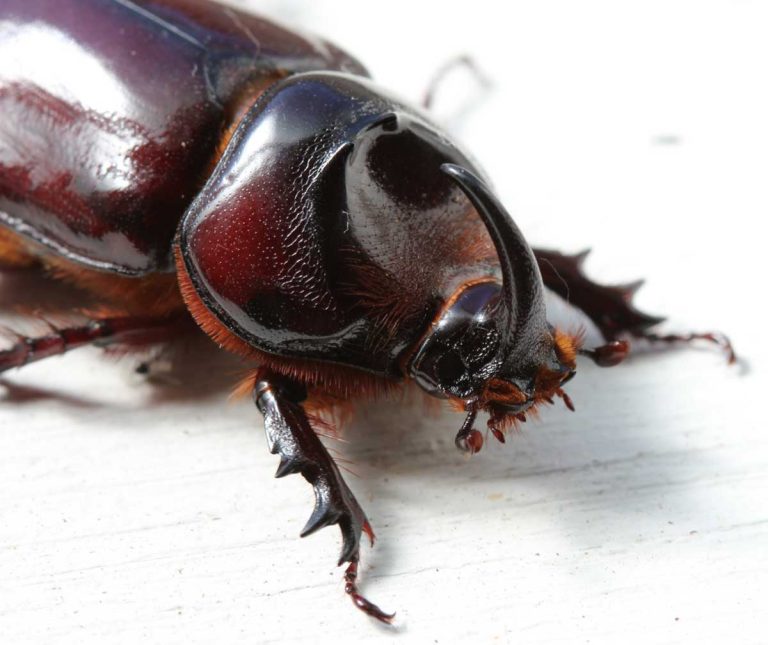Summer Flowers: Passion Flowers
Scientific Classification
| Kingdom: | Plantae |
| (unranked): | Angiosperms |
| (unranked): | Eudicots |
| (unranked): | Rosids |
| Order: | Malpighiales |
| Family: | Passifloraceae |
| Genus: | Passiflora |

Photo by: Bernard Loison
Flowers “Passiflora”, otherwise called passion vines or passion flowers, is a variety comprising of 500 types of flowering plants belonging to the Passifloraceae family. Other than a few shrubs and a few herbs, all others are vines.
Passion flowers are glamorous plants that grow in calm areas. There are several varieties of passion-flower plants. Some yield edible fruits and some are vines. Passion flower is an everlasting creeper with glamorous flowers, occasionally having colorful fruits. In the calm parts of the UK it stands out in bright sun. In cold regions it undergoes cultivation in a shelter of a greenhouse or in conservatories.
Anatomy
The passion-flower is unique in its shape, so much so that only a large bee can pollinate it efficiently. In a reflex or flat circle there are five to ten petals. A stalk conspicuously holds high the stamens and ovary, surrounded by dainty filaments. The stigma shoots up above the anthers and gradually curls down backwards to aid pollination. Passion flowers grow in purple, white, pink, red and blue.
Vines that cling and climb with their tendrils are the usual way of growing. The leaves that are ovate or oval show an alternate arrangement.
GROWING THE PLANT AT HOME

Photo by: Tomas Castelazo
Preparation for Planting
You get the best flowers with a good yield if the soil is rich, properly drained and retains moisture. They do not adjust to dry conditions. It needs a soil of normal pH value, around 6.1 to 7.5. Passion flowers require sunlight to a minimum of four complete hours daily. In the extremely hot regions they need a little shade, and in cool climates, they need more sun and in winter, they may need protection for the plants.
Initiate sowing seeds in a damp potting mix. Drop the seeds on top of the soil and tap them down, never cover, exposure to sunlight is essential for germination. In order to keep moisture, keep the pot in a plastic bag and seal it. Enhance your sprouting by providing heat at the bottom of your pot. An alternate to this is placing them on a refrigerator top or on a heat mat.
A reasonably fertile soil, believably moist and properly aerated is ideal for passion flowers. It tolerates any soil, even alkaline and acidic.
Total sunlight or partial shade is ideal, protection from dry winds and cold weather is essential. The best location for the vine is a wall facing the west, southwest or south.
Planting
Passion flowers need weeks or months to germinate. Always moisten the soil. When it starts to germinate and when the leaves full grow, keep them from direct sunlight. Never touch them till they are sufficiently big for transporting. Make due preparations for indirect, bright sunlight and avoid drafts. Maintain an indoor temperature of at least 50°F.
Placement and Watering
Leisurely, water your passion flowers during the developing period (Particularly specimens grown in containers), to confirm that they do not dry out. In winter, they need less water, allowing the compost surface in the containers where the specimen grows, to start drying between watering.
Flowering Period
The time when passion flowers normally bloom is mid or end of summer.
After Bloom Care

Photo by: Kurt Stüber
Passion flowers need less maintenance while growing, and do not need a deadhead. Pruning controls the size, gives the plant a fuller look and cleans the plant by discarding the dead leaves.
You do not prune some vines. Still, if you prune it results in a fuller plant. Early spring or late winter is the best time to prune. Also the vines die and fall to the ground. During winter, if you need to safeguard your borderline plants, stop supplementing manure by the end of summer. Once the soil temperature falls, mulch the part around the roots.
As Cut Flowers
The bloomed passion flowers are excellent as cut flower decorations. Simply add one or two drops of molten paraffin wax in the center of the bloom after cutting it; it stays open.

Having discovered a fondness for insects while pursuing her degree in Biology, Randi Jones was quite bugged to know that people usually dismissed these little creatures as “creepy-crawlies”.







